| 1947. Jean Claude and Yvette return to Villeneuve lès
Avignon at Easter time to settle there. Thanks to Raymond Christoflour, a writer
who lives in Villeneuve, who adheres to Guenon's principles, Jean Claude meets
A.Gleizes on his property named Méjades at Saint Rémy de Provence. Both men had
more or less the same family background. Their respective fathers both worked
in the field of textile design. As a young man, Gleizes became an apprentice like
Jean-Claude in the family business. While there is a 16 year gap between them,
the two painters find themselves in the same thought as that of René Guénon: "Universal
man must find the sense of religious faith in himself and not outside of himself
" ; JCL endured the ordeal of war as a prisoner. Gleizes brings him a spiritual
refuge in which he will be able to embody his painting, and reply to the questions
as to the role of a painter in society. With his friend Yvette
at his side who remained very close to nature, Libert draws on his primal inspiration.
Portraits and pictorial studies follow one another. In captivity he had already
rubbed shoulders with intellectuals. Architects, engineers, writers, the micro
French society represented by its elite, all political and religious milieus grouped
together, reserve officers and non-commissioned officers will exchange for five
years their vision of a future society. The intellectual curiosity of Jean-Claude
attracts Gleizes in many ways. He replies to the essential question which Libert
asks himself. How can a painter in 1947 position himself with respect to the world.
|
| Jean Vilar just created the Festival d’Avignon and produces Shéhérazade following
the poet's scenario. Supervielle meets Jean Claude and Yvette and falls in love
with their home. He prefers to live there close to the Villeneuve painter and
his muse, Yvette, to be close to the performances. Each morning Supervielle reads
a poem to Jean Claude during breakfast on the terrace. In Avignon, the actors
of the theater troup Theatre National de Paris are in full rehearsal. Once in
a while they come for lunch at the Liberts to review the progress of the play
with Supervielle. It is in this ambiance that the painter Libert will begin to
be creative. After Supervielle, it is Guy Dumur, writer and theater critic who
will stay in the potter's home. Quite attached to the young couple, listening
to Jean Claude whose words he absorbs, he begins to write there his novel «Les
petites filles modèles». A place where spirit abounds can only nourish an artistic
work. Guy Dumur loves this house and its large terrace whose view of the Rhone
and orchards with the background of the Palais des Papes of Avignon is unique,
timeless, a mythological landscape, a theatrical decor laden with history, a site
where lyricism and poetry live well together... |
translated by Jean Patrick LIBERT
|
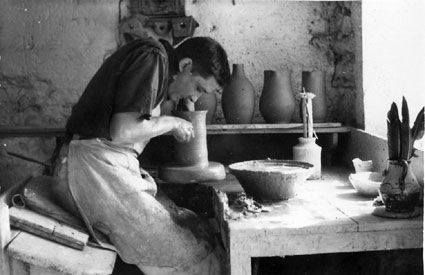
Jean-Claude
Libert at work 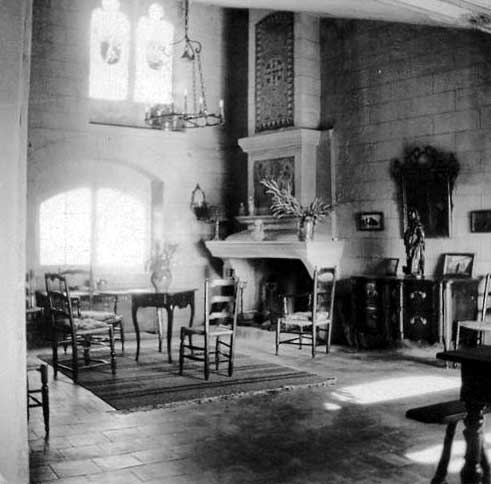
The atelier of Villeneuve les Avignon
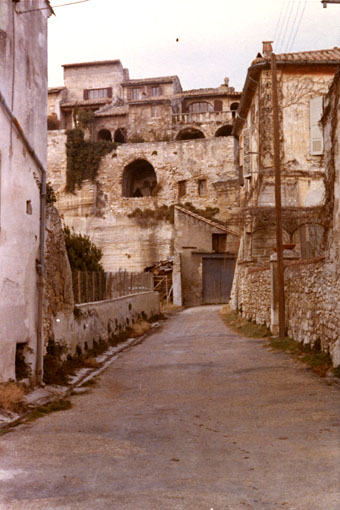
The house of Villeneuve
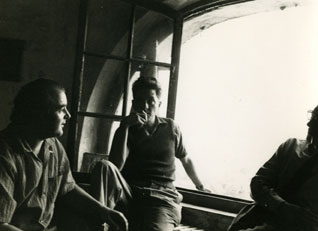
Marc Hénard in Villeneuve with Jean-Claude
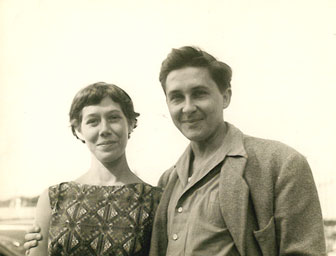
Yvette and Jean-Claude (photo 1950)

Yvette carrying a piece of clay

Statue of Marc Hénard in front of the entry of the Pottery-studio
in Villeneuve lez Avignon
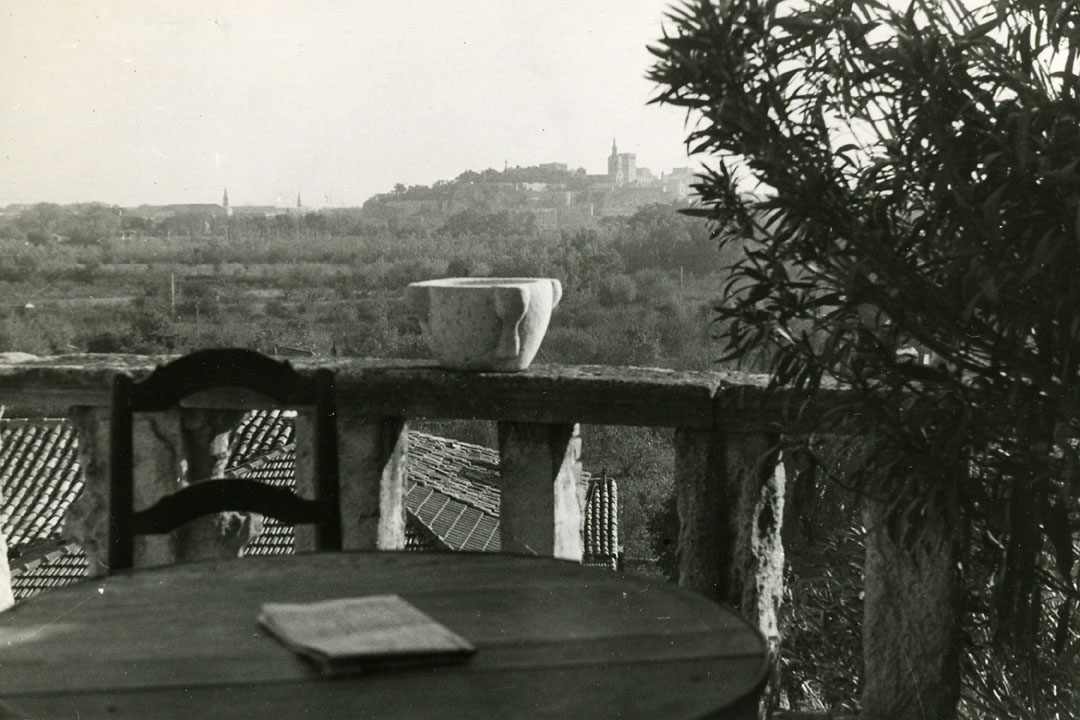
Terrace of the "Potter's house" at Villeneuve
lez Avignon. Back front the Palace of the Popes.
Diaporama work
by Yvette Jeanne Libert
|